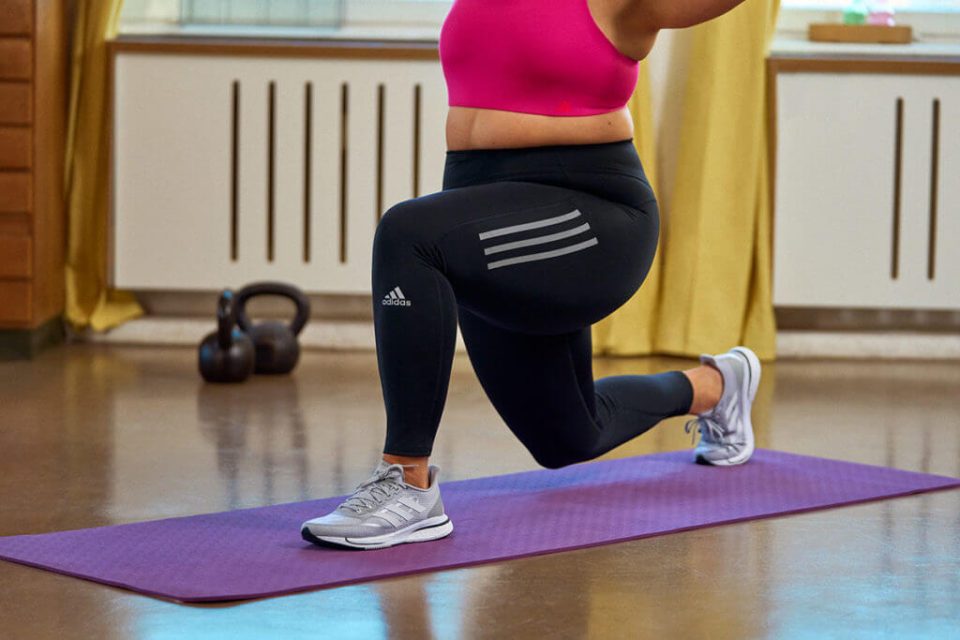Do you have lower back pain, pain in your glutes or hips, trouble walking, bending, or standing? The problem might lie deep within your hips in muscles that are often overlooked in strength training. Your hip flexors are the powerhouse of motion. They play a key role in core strength and stability. If your core is weak, your hip flexors will take over, causing the iliopsoas to tighten up, which limits your mobility. Stretching and strengthening these stabilizing muscles can improve your athletic performance and reduce reduce the risk of pain and injury.(1)
Find out if hip flexors are causing you pain and if so, what to do about it.
What are hip flexors?
The hip flexors are a group of muscles located around the top of your leg in the pelvic area. They connect the lower back to the hips, groin, and thighs. The primary hip flexor is called the iliopsoas and is responsible for lifting your leg off the ground and moving forward when you run, walk, and climb stairs. It is a compound muscle located in the inner hip and comprised of the iliacus and psoas muscles.
6 Symptoms of Tight Hips
Is your iliopsoas your problem? Here are six common symptoms:
- Tightness in the lower back
- Poor posture
- Neck tightness and pain
- Walking with stiff knees
- Glute pain
- Achiness in hip
What causes tight hip flexors?
The most common cause of tight hip flexors is too much sitting. If you sit at a desk all day, your iliopsoas shortens, which tightens your hip flexors. The muscles maybe also be weak, putting more strain on the joints.
Tip:
If you have a desk job, adding regular stretching during breaks can relieve tension in your hips, neck and back, too.
A weak core will also contribute to tightness in your hips, as your flexors take over to stabilize the spine, compensating for the lack of core strength. Make sure to incorporate regular strength work for your core––especially if you are a runner. Runners often suffer from tight hips, because the iliopsoas is responsible for lifting the leg with each step. Since there is no movement in running that balances out that shortening of the iliopsoas, it is essential to stretch your hips and quads regularly.
3 Hip Opening Stretches
Ready to loosen up your tight hip flexors? Try these warm up stretches with running legend, Haile Gebrselassie. Each stretch should be held for 20 seconds; do two rounds of the three stretches.
1. Hip flexor stretch
2. Knee hug stretch
3. Hamstring stretch
Hip Stability Exercises for the Iliopsoas
Don’t stop at stretching. Increased flexibility is just one step in the journey to flexible, strong hips. Research shows that hip flexor strength training can improve sprint and agility performance among amateur athletes.(2) The benefits of strong hip flexors include greater hip stability, which can lengthen your running stride and reduce joint strain, more power in your explosive movements like jumping and sprinting, plus reduced back pain.
- Lunges
Lunges are a great way to strengthen several muscle groups in and around your hips. Start with the basic forward lunge and then move on to curtsy lunges and jump lunges when you’re ready. - Leg raises
Straight leg raises are an easy way to work your lower back and hip flexors. Make sure to keep your back on the floor. If the double leg raise is too tough, start with one leg at a time. - Speed skaters
This exercise targets your glutes, hamstrings, quads, gets your heart rate up and builds stability and balance.
Looking for more strength and mobility workouts? Check out the wide variety of workouts in the adidas Training app for full body strength training.
***
,

